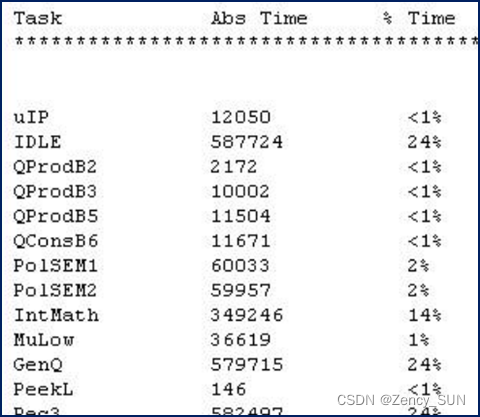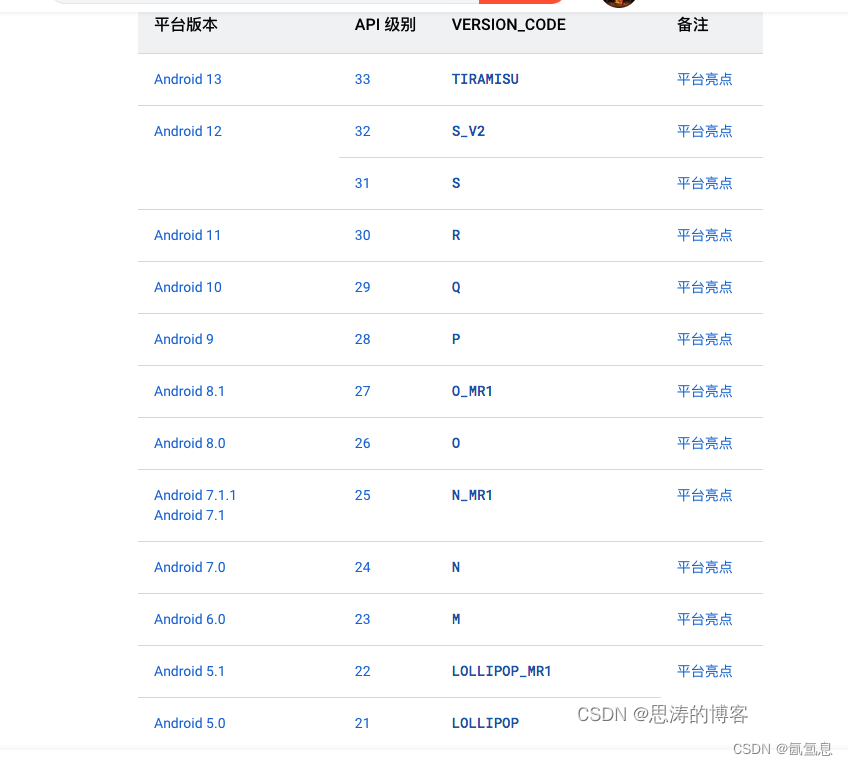在论文中偶然读到一些方法会用到模型中间的隐藏层作为分类器,与模型最后一层作为分类器的性能进行对比,故而思考如何能够简便快捷地实现将模型某一层的输出输出拉取出来的方法,发现有现成hook函数可以做到这一点。
hook
hook就是一个钩子,用来把网络中的某一层的输入输出或者其他信息钩出来,如果想知道网络中某一层的详细信息,不用在定义网络时单独写一个print,直接写一个hook函数即可。
register_forward_hook
源代码里说明,hook只能用在forward()函数运行之前,写在forward函数运行之后是没用的,意思是想要运行hook,先把hook的函数写好,然后再实例化网络
def register_forward_hook(self, hook):r'''Registers a forward hook on the module.The hook will be called every time after :func:`forward` has computed an output.It should have the following signature::hook(module, input, output) -> None or modified outputThe hook can modify the output. It can modify the input inplace butit will not have effect on forward since this is called after:func:`forward` is called.Returns::class:`torch.utils.hooks.RemovableHandle`:a handle that can be used to remove the added hook by calling``handle.remove()``'''handle = hooks.RemovableHandle(self._forward_hooks)self._forward_hooks[handle.id] = hookreturn handle
问题
模型中有时会出现多个Linear层,但net.children()提取出来的所有类型一致的模块其名称也一致,故根据当前Linear层的输入和输出维度进行判断,精确锁定到该层,其他模块也依然适用
代码部分
import torch
import torch.nn as nn
class TestForHook(nn.Module):def __init__(self):super().__init__()self.linear_1=nn.Linear(2,2)self.linear_2 = nn.Linear(in_features=2, out_features=1)self.add_module('linear1', self.linear_1)self.add_module('linear2', self.linear_2)self.relu = nn.ReLU()self.relu6 = nn.ReLU6()self.initialize()def forward(self,x):linear_1=self.linear_1(x)linear_2=self.linear_2(linear_1)relu=self.relu(linear_2)relu_6 = self.relu6(relu)layers_in=(x,linear_1,linear_2)layers_out=(linear_1,linear_2,relu)return relu_6,layers_in,layers_outdef initialize(self):'''定义特殊的初始化,用于验证hook作用时是否获取了权重'''self.linear_1.weight=torch.nn.Parameter(torch.FloatTensor([[1,1],[1,1]]))self.linear_1.bias=torch.nn.Parameter(torch.FloatTensor([1,1]))self.linear_2.weight=torch.nn.Parameter(torch.FloatTensor([[1,1]]))self.linear_2.bias=torch.nn.Parameter(torch.FloatTensor([1]))return True
#定义hook函数用来决定勾出来的网络信息用来做什么
#定义用于获取网络各层输入输出的tensor容器
#定义nodule_name用于记录相应的module名字
module_name=[]
features_in_hook=[]
features_out_hook=[]
#hook函数需要3个参数,这三个参数是系统传给hook函数的,自己不能修改这三个参数
#hook函数负责将获取的输入输出添加到feature列表中 并提供相应的module名字
def hook(module,input,output):print("hooker working")module_name.append(module.__class__)features_in_hook.append(input)features_out_hook.append(output)return None
#对需要的层register hook
#register hook必须在forward()函数被执行之前,也就是实例化网络之前,下面的代码对网络除了ReLU以外的层都register了
#也可以选定其中的某些层进行register
net=TestForHook()
net_children=net.children()
#不同Linear层的参数in_features和out_features通常不同,可以用这些信息来判断
for child in net_children:if isinstance(child, nn.Linear) and child.in_features == 2 and child.out_features == 2:# if isinstance(child, nn.Linear):child.register_forward_hook(hook=hook)
#测试forward()提供的输入输出特征
x = torch.FloatTensor([[0.1, 0.1], [0.1, 0.1]])
out, features_in_forward, features_out_forward = net(x)
# print("*"*5+"forward return features"+"*"*5)
# print(features_in_forward)
# print(features_out_forward)
# print("*"*5+"forward return features"+"*"*5)
#hook通过list结构进行记录,所以可以直接print
print("*"*5+"hook record features"+"*"*5)
print(features_in_hook)
print(features_out_hook)
print(module_name)
print("*"*5+"hook record features"+"*"*5)





